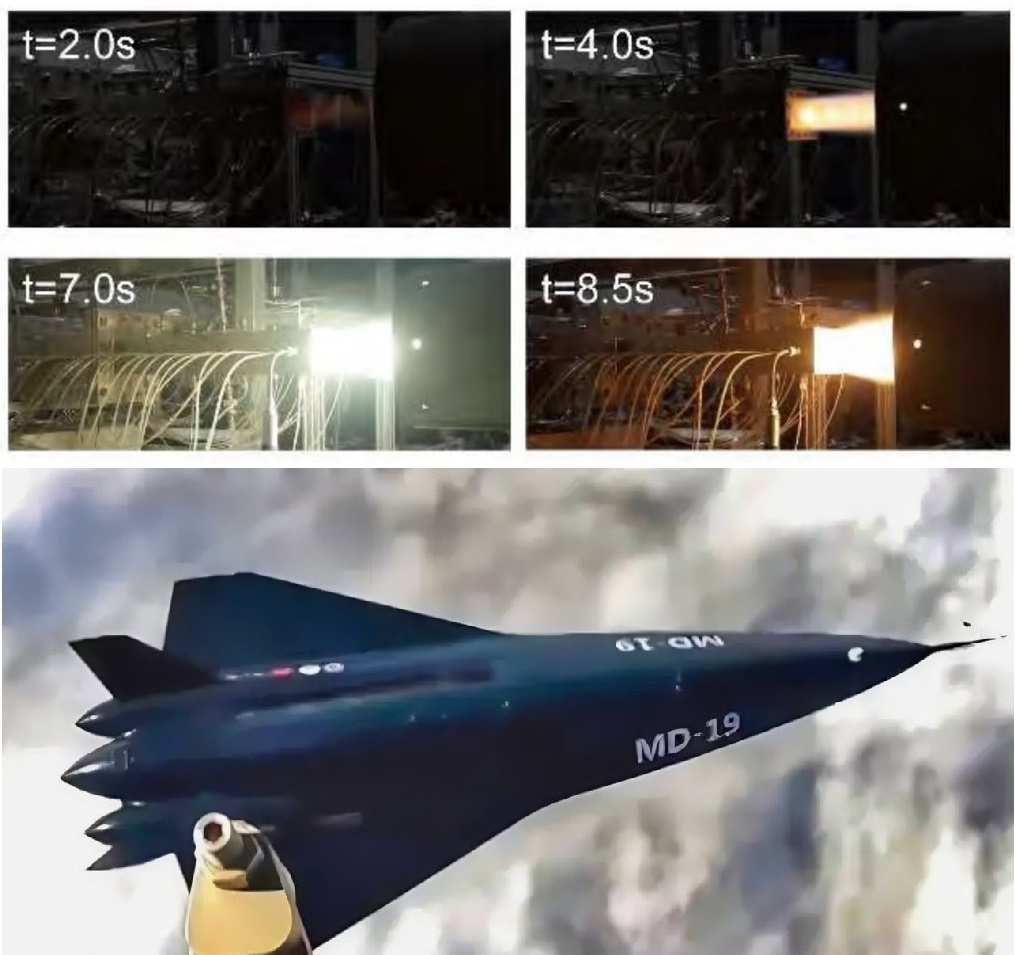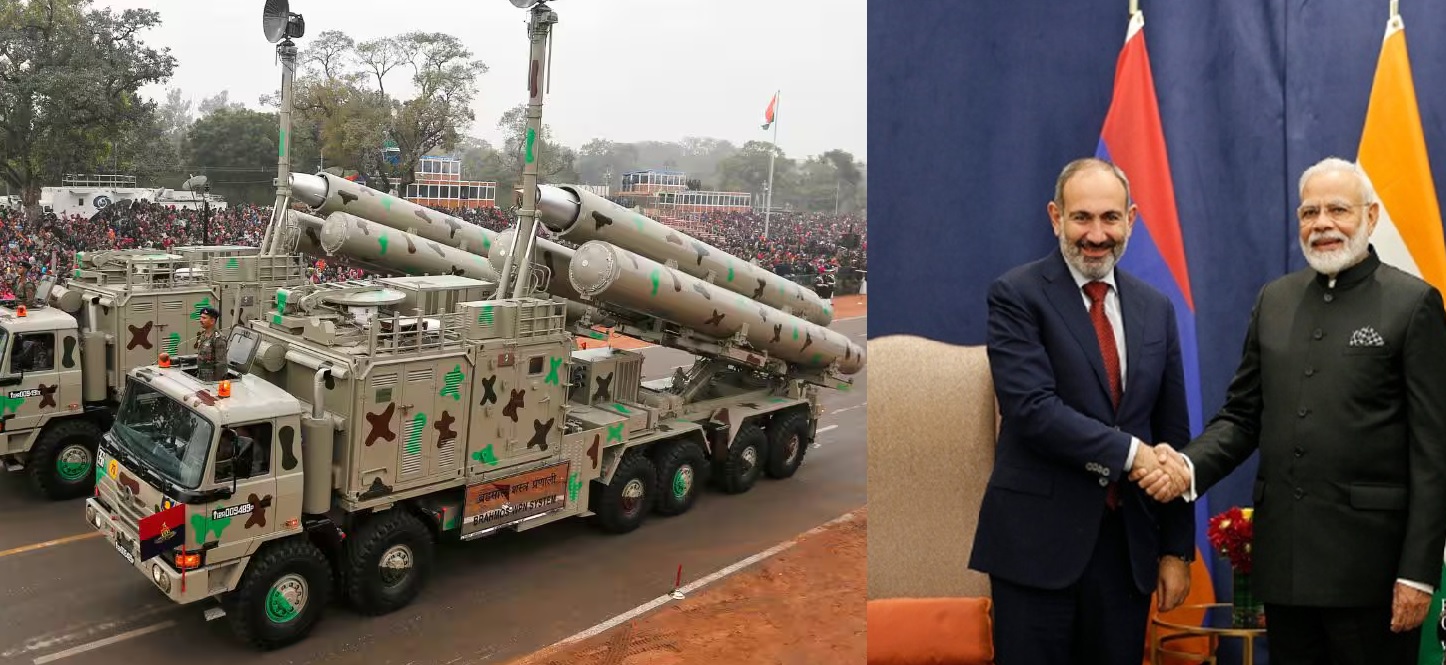Sweden Orders Saab’s New Gripen Launcher System Worth SEK 1 Billion to Boosts Sweden’s Gripen Fleet Readiness in NATO

Saab has announced a SEK 1 billion (about USD 90 million) production contract from Sweden’s Defence Materiel Administration (FMV) for a new launcher system designed for both the Gripen C/D and the new-generation Gripen E fighters. Revealed on November 4, 2025, the deal transitions the launcher from development into full-scale manufacturing and marks another deliberate step in Sweden’s long-term effort to keep its air combat fleet ready, interoperable, and future-proof as the Gripen E enters service.
From Trials to Production Confidence
This production decision follows a 2022 contract that covered the design and integration phase, with optional series production to be exercised once testing had matured. Saab’s announcement confirms that those tests have now delivered the expected results. Pulling the option into effect demonstrates test confidence and a clear Swedish plan to standardize armament procedures across its mixed Gripen fleet.
The timing also reinforces Stockholm’s security-of-supply strategy, anchoring a critical subsystem—responsible for weapons carriage and release—inside Sweden’s domestic defense industry. At a time when European nations are tightening readiness cycles and seeking supply autonomy, keeping such production local aligns perfectly with Sweden’s broader defense policy.
What the Launcher System Does
At first glance, a launcher might seem like a minor mechanical component—but Saab’s new system is far more advanced. It serves as the digital and electrical bridge between aircraft and its external stores, managing everything from power delivery to data exchange and safe separation.
Described as a “smart, digitally networked launcher,” the new unit connects the Gripen’s stores management system to weapons and pods through a robust and secure link. This means each weapon receives accurate targeting data, real-time status updates, and a precisely timed release signal.
In Swedish service, this system supports the country’s core air-to-air weapons inventory:
-
Meteor for long-range intercepts, providing networked mid-course updates.
-
IRIS-T for close-in dogfighting and defensive engagements.
-
Electronic warfare and countermeasure pods, which enhance survivability and situational awareness.
Together, these capabilities ensure reliable pre-launch communication, safe jettison logic, and post-launch reporting—the sort of back-end performance that shortens ground crew turnaround times and boosts pilot confidence in mixed weapon loadouts.
Operational Gains: One Launcher, Two Gripen Generations
Sweden’s Air Force is in a transition period: the new Gripen E fleet is ramping up, while the Gripen C/D remains essential to national and NATO defense duties. Adopting a common launcher across both variants eliminates logistical and training friction.
For armorers and ground crews, this translates into:
-
Unified procedures for arming and maintaining both aircraft types.
-
Reduced training hours, since crews no longer need to master separate systems.
-
Faster sortie generation, as common tools and parts simplify preparation and reloading.
As Saab notes, it’s a small piece of metal and software—but one that buys big operational tempo. With the same hardware and software standard across its fleets, the Swedish Air Force gains agility in deployment and maintenance, a key factor in modern air operations where availability equals deterrence.
Aligned with NATO and Regional Security Goals
The decision also dovetails with Sweden’s NATO membership in March 2024 and the alliance’s ongoing drive to strengthen air policing over the Baltic and High North. Standardizing launch systems across Gripen variants means Sweden can present more ready jets with shared armament procedures, easing multinational operations and potential munitions-sharing among NATO allies.
It also provides headroom for future weapon integration—allowing Sweden to adopt new missiles, pods, or joint NATO-standard systems without fragmenting its fleet’s capability between old and new aircraft.
A Piece of Saab’s Broader National Role
Beyond this single order, the launcher program fits within Saab’s expanding national portfolio. The company is simultaneously:
-
Delivering new Gripen E fighters to Sweden and Brazil.
-
Sustaining the Gripen C/D fleet for ongoing missions.
-
Expanding airborne early warning production through the GlobalEye program.
-
Supporting Sweden’s ground-based air defense modernization with radar and command systems.
Together, these efforts show Saab’s evolving role as the central pillar of Sweden’s aerospace and defense ecosystem. The launcher’s production order, while modest in size compared to full-aircraft deals, signals Sweden’s intent to secure every link in its defense supply chain—from missiles and avionics down to pylons and racks.
Strengthening Industrial Readiness and Europe’s Defense Posture
In an era when Europe is racing to replenish stocks and reinforce combat readiness, Sweden’s decision reflects a proactive rather than reactive approach. Instead of waiting for supply chain bottlenecks, Stockholm is investing in the small, often overlooked components that ensure its fighters remain fully mission-capable.
By keeping launcher production in-country, Sweden preserves its industrial autonomy, creates skilled jobs, and strengthens Saab’s export credibility—since every Gripen sold abroad benefits from improvements born out of Swedish Air Force feedback.
As Saab transitions from testing to serial production, deliveries of the new launcher will roll out alongside Gripen E fleet expansion. Retrofitting of the C/D fleet will likely occur during scheduled maintenance cycles, ensuring both generations reach full commonality.
The upgrade’s true value lies not in its price tag but in what it enables: more sorties, faster turnaround, smoother integration, and full NATO-ready interoperability.
In short, Saab’s SEK 1 billion launcher contract is a quiet but powerful investment—a small system that multiplies the readiness and resilience of Sweden’s entire air combat force.
✍️ This article is written by the team of The Defense News.






